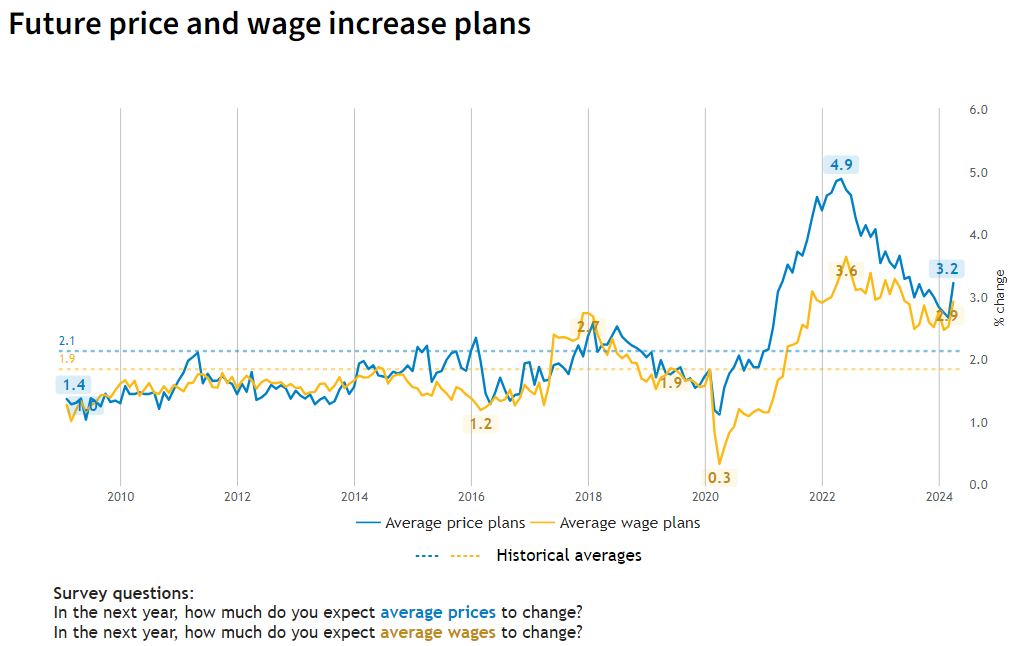Unstructured, flexible leave policies sound simple and effective in theory – but how does it work in practice?
With the modern workforce favouring flexibility over a traditional ‘nine to five’ model, annual leave policies may be due for a makeover.
Billionaire businessman Richard Branson certainly thinks so. Inspired by Netflix’s “non-leave policy”, has announced that his employees will henceforth be allowed to take unstructured and unmonitored holiday leave.
He has overhauled existing “draconian” leave policy with around 170 staff in his offices in the UK and US, although the new rules do not apply to the thousands of others working for Virgin companies globally.
“It is left to the employee alone to decide if and when he or she feels like taking a few hours a day, a week or a month off, the assumption being that they’re only going to do it when they feel 100% comfortable that they and their team are up to date on every project, and that their absence will not in any way damage the business – or, for that matter, their careers!” Branson said.
It sounds simple and effective in theory, but could it work in practice?
Senior HR practitioner Chris Dunwell, principal of Dunwell Consulting, said employers would need to be careful to ensure that minimum holiday requirements are met under relevant workplace laws.
Practically speaking, the key challenge for organisations would be working out how this policy works “in a team setting”, Dunwell said.
“How would this leave be authorised, and will an employee who takes more than their four weeks be resented by others, who have to cover for them during their absence?” he said.
“Many of us are, in principle, in favour of flexible work arrangements that allow employees to create the personal work-life balance that works best for them. However, I suspect that most want to put known and firmly agreed parameters around this, otherwise planning and control becomes very difficult.”
You might also like:
Billionaire businessman Richard Branson certainly thinks so. Inspired by Netflix’s “non-leave policy”, has announced that his employees will henceforth be allowed to take unstructured and unmonitored holiday leave.
He has overhauled existing “draconian” leave policy with around 170 staff in his offices in the UK and US, although the new rules do not apply to the thousands of others working for Virgin companies globally.
“It is left to the employee alone to decide if and when he or she feels like taking a few hours a day, a week or a month off, the assumption being that they’re only going to do it when they feel 100% comfortable that they and their team are up to date on every project, and that their absence will not in any way damage the business – or, for that matter, their careers!” Branson said.
It sounds simple and effective in theory, but could it work in practice?
Senior HR practitioner Chris Dunwell, principal of Dunwell Consulting, said employers would need to be careful to ensure that minimum holiday requirements are met under relevant workplace laws.
Practically speaking, the key challenge for organisations would be working out how this policy works “in a team setting”, Dunwell said.
“How would this leave be authorised, and will an employee who takes more than their four weeks be resented by others, who have to cover for them during their absence?” he said.
“Many of us are, in principle, in favour of flexible work arrangements that allow employees to create the personal work-life balance that works best for them. However, I suspect that most want to put known and firmly agreed parameters around this, otherwise planning and control becomes very difficult.”
You might also like:





